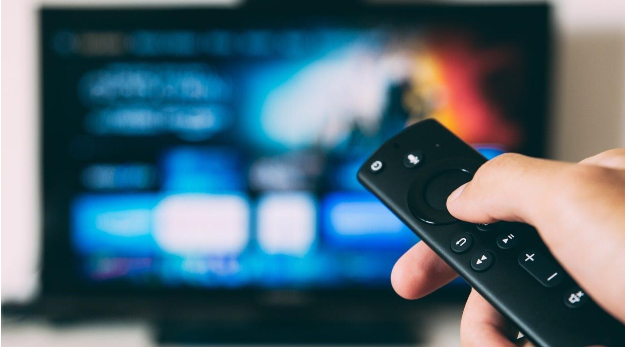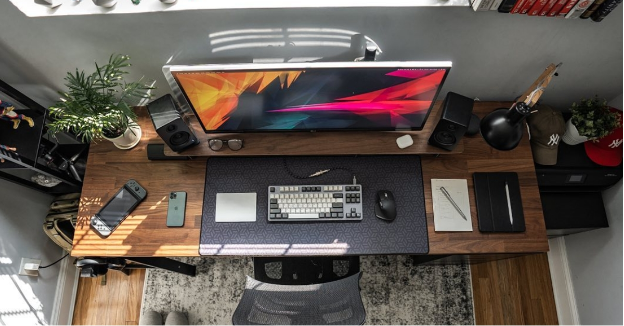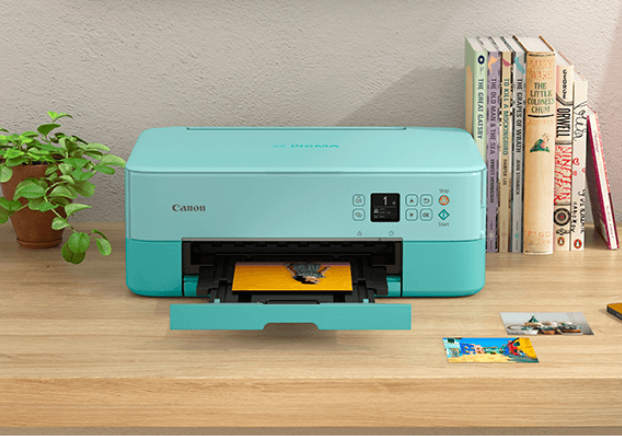
Troubleshooting Smart TV Issues: Tips for a Hassle-Free Experience
A smart TV is fantastic—until it stops running as it should. These issues can be aggravating whether they keep buffering, will not connect to Wi-Fi, or simply refuse to turn on. The news is good. Most of them have straightforward corrections. Let us review the most often occurring smart TV issues and discuss how to have things back under control.
1. Smart TV Won’t Connect to Wi-Fi
Streaming services will not work if your TV will not connect to the internet; apps will not load either. Here is what you could try:
- Restart Everything: Disable your television and remove power from the router before waiting a single minute. Then reapply power to both devices; after a one-minute interval plug in your TV together with the router.
- Check Your Wi-Fi: Your internet goes out when more devices fail to connect at the same time. Try restarting the router.
- Move Closer to the Router: Signals which are weak can lead to connection problems. Position your TV as near to your router as possible.
- Use a Wired Connection: If Wi-Fi is unstable, using an Ethernet cable like the AmazonBasics RJ45 Cat6 Ethernet Cable ensures a more stable and faster internet connection.
- Update Your TV’s Software: Outdated software creates certain connection problems for users. View updates by navigating to the device settings.
2. Apps Keep Buffering or Won’t Load
When you attempt to stream through Netflix or YouTube your performance gets frozen or interrupted? Try these fixes:
- Check Your Internet Speed: Slow speeds cause buffering. Please access your telephone or desktop system to run the speed test. To experience a smoother streaming experience through your device, you will require 10 Mbps speed.
- Close Background Apps: Several smart TVs operate with active app processes in background mode. Bluetooth device performance improves when users close their applications.
- Restart Your TV: Cycling power on your device often resolves software abnormalities that may be causing performance problems.
- Reinstall the App: Suffering from app dysfunction? Uninstall the uncooperative program then execute a fresh download.
- Reinstall the App: Suffering from app dysfunction? Uninstall the uncooperative program then execute a fresh download.
- Clear Cache: Many smart TVs allow users to clear cache files for individual apps under settings. If buffering persists, consider upgrading to a Wi-Fi extender like the TP-Link AC750 Wi-Fi Extender to improve signal strength
- Clear Cache: Many smart TVs allow users to clear cache files for individual apps under settings. If buffering persists, consider upgrading to a Wi-Fi extender like the TP-Link AC750 Wi-Fi Extender to improve signal strength.
3. TV Won’t Turn On
Instant annoyance strikes when your TV fails to power up, yet remaining calm brings solutions soon enough. Try these steps:
- Check the Power Source: Plug the power cord into the wall until you confirm the proper connection. Before troubleshooting, test the outlet with a different device.
- Unplug and Wait: Placing the TV in an unplugged state for several minutes at a time will often restart the system.
- Look for a Red Light: To check the power functions on your TV, you should press the power button on the remote to see if the standby light signals reception with periodic blinks. Black indicator lights indicate your television recognizes commands but remains unresponsive.
- Try a Different Remote: Try a Different Remote: If the remote is unresponsive, consider a universal smart remote like the Logitech Harmony 665, which supports multiple devices and can serve as a replacement.
4. Sound but No Picture

Your screen shows darkness, although you hear sounds coming through. There are a few things you can try:
- Restart the TV: Screen disruption from a brief technical problem might temporarily black out your display.
- Check HDMI Cables: Loose or faulty HDMI connections can cause display issues. Try using a high-speed HDMI cable like the Belkin Ultra HD HDMI 2.1 Cable for a secure and high-quality connection.
- Change Picture Settings: Generally speaking TVs provide options to modify brightness settings for their users. Turn up the brightness on your screen to determine if the image emerges.
- Try a Different Input: You should change between HDMI inputs to determine if the problem stems from a particular port.
5. Remote Not Working
If your remote isn’t responding, here’s what to do:
- Replace the Batteries: Weak batteries prove to be the common explanation when images don't appear properly.
- Reset the Remote: Start by removing the batteries, then push all buttons several times before reinserting your batteries.
- Check for Obstructions: Check that nothing sits in the way which might interfere with remote signals traveling between them.
- Use a Remote App: Many smart TVs have companion apps that allow control via smartphones. If you need an alternative, consider a smart voice-controlled remote like the Amazon Fire TV Alexa Voice Remote.
Final Thoughts
Usually, smart TV issues have easy fixes. Many often occurring problems can be resolved by restarting the TV, checking the internet connection, and updating the software. Should nothing work, your best course of action could be to consult the handbook or call support.



